A Similarity Measurement Method for Magnetic Anomaly Signal under Low Signal-to-Noise Based on Orthogonal Basis Function–Edit Distance
-
摘要: 针对低信噪比下磁异常信号相似性难以度量的问题,该文提出基于正交基函数(OBF)分解和编辑距离法(EDR)相结合的OBF-EDR磁异常信号相似性度量方法。该方法通过对磁异常信号进行正交基函数分解得到离散基函数系数,根据背景噪声与基函数不相关的特性提高离散基函数系数信噪比,利用编辑距离法对离散基函数系数进行相似性计算从而间接实现对磁异常信号的相似性度量。仿真测试表明OBF-EDR方法相较于EDR算法可在更低信噪比情况下对磁异常信号进行相似性度量。Abstract: Considering the problem that the similarity of magnetic anomaly signals is difficult to measure under low signal-to-noise ratio, a similarity measurement method OBF-EDR based on the combination of Orthogonal Basis Function (OBF) decomposition and Edit Distance on Real sequence (EDR) is proposed. This method obtains discrete basis function coefficients by decomposing the magnetic anomaly signals with orthogonal basis functions method. The signal-to-Noise Ratio (SNR) of discrete basis function coefficients is improved due to the uncorrelated characteristics of background noise and basis functions. EDR is used to measure the discrete coefficients of the basis function so as to measure indirectly the similarity of the magnetic anomaly signals. The simulation test shows that the OBF-EDR method can measure the similarity of magnetic anomaly signals at a lower SNR than the EDR algorithm.
-
表 1 EDR算法伪代码
输入:两个实数序列A和B 输出:序列A与B的相似度 第1步:计算序列A,B的长度以及阈值e LA=LENGTH(A); LB=LENGTH(B); e=0.1× (max(A)–min(A)) 第2步:创建编辑距离矩阵E [LA+1, LB+1]并进行初始化 E [0,0]=0 for each row i from 1 to LA do E [i, 0] ← E [i–1, 0]+deleteCost(A [i], B [0]) for each column j from 1 to LB do E [0, j] ← E [0, j–1]+insertCost(A [0], B [j]) 第3步:循环执行 for each row i from 1 to LA do for each column j from 1 to LB do E [i, j] ← min(E [i–1, j]+deleteCost(A [i], B [j]), E [i, j–1]+insertCost(A [i], B [j]), E [i–1, j–1]+substituteCost(A [i], B [j])) end end 第4步:返回1–E [LA, LB]/max(LA, LB) 表 2 OBF-EDR计算磁异常信号相似度结果
计算对象 ${{S} }{ {\rm{\alpha} } _1}$ ${W_1}$ ${{S} }{ {\rm{\alpha} } _2}$ ${W_2}$ ${{S} }{ {\rm{\alpha} } _3}$ ${W_3}$ ${\rm{sLines}}$ ${B_x}$和${{\rm{Br}}_x}$ 1.000 0.700 0.768 0.145 0.816 0.155 0.938 ${B_y}$和${{\rm{Br}}_y}$ 1.000 0.718 0.794 0.138 0.829 0.143 0.946 ${B_z}$和${{\rm{Br}}_z}$ 0.961 0.782 0.724 0.086 0.754 0.132 0.913 表 3 EDR计算磁异常信号相似度结果
计算对象 ${B_x}$和${\rm{B}}{{\rm{r}}_x}$ ${B_y}$和${\rm{B}}{{\rm{r}}_y}$ ${B_z}$和${\rm{B}}{{\rm{r}}_z}$ 相似度 0.75 0.767 0.741 -
[1] LAN Jinhui, XIANG Yong, WANG Liping, et al. Vehicle detection and classification by measuring and processing magnetic signal[J]. Measurement, 2011, 44(1): 174–180. doi: 10.1016/j.measurement.2010.09.044 [2] 李开明, 张群, 罗迎, 等. 地面车辆目标识别研究综述[J]. 电子学报, 2014, 42(3): 538–546. doi: 10.3969/j.issn.0372-2112.2014.03.018LI Kaiming, ZHANG Qun, LUO Ying, et al. Review of ground vehicles recognition[J]. Acta Electronica Sinica, 2014, 42(3): 538–546. doi: 10.3969/j.issn.0372-2112.2014.03.018 [3] 林君, 刁庶, 张洋, 等. 地球物理矢量场磁测技术的研究进展[J]. 科学通报, 2017, 62(23): 2606–2618. doi: 10.1360/N972017-00010LIN Jun, DIAO Shu, ZHANG Yang, et al. Research progress of geophysical vector magnetic field survey technology[J]. Chinese Science Bulletin, 2017, 62(23): 2606–2618. doi: 10.1360/N972017-00010 [4] 周家新, 陈建勇, 单志超, 等. 航空磁探中潜艇目标的联合估计检测方法研究[J]. 兵工学报, 2018, 39(5): 833–840. doi: 10.3969/j.issn.1000-1093.2018.05.001ZHOU Jiaxin, CHEN Jianyong, SHAN Zhichao, et al. Research on joint estimation and detection of submarine target in airborne magnetic anomaly detection[J]. Acta Armamentarii, 2018, 39(5): 833–840. doi: 10.3969/j.issn.1000-1093.2018.05.001 [5] ZHOU Jiaxin, CHEN Jianyong, and SHAN Zhichao. Spatial signature analysis of submarine magnetic anomaly at low altitude[J]. IEEE Transactions on Magnetics, 2017, 53(12): 6001107. [6] NAZLIBILEK S, KALENDER O, and EGE Y. Mine identification and classification by mobile sensor network using magnetic anomaly[J]. IEEE Transactions on Instrumentation and Measurement, 2011, 60(3): 1028–1036. doi: 10.1109/TIM.2010.2060220 [7] CHEN Xiao, KONG Xiaoying, XU Min, et al. Road vehicle detection and classification using magnetic field measurement[J]. IEEE Access, 2019, 7: 52622–52633. doi: 10.1109/ACCESS.2019.2908006 [8] GAO Junqi, WANG Jiazeng, ZHANG Linjie, et al. Magnetic signature analysis for smart security system based on TMR magnetic sensor array[J]. IEEE Sensors Journal, 2019, 19(8): 3149–3155. doi: 10.1109/JSEN.2019.2891082 [9] CHU Zhaoqiang, SHI Weiliang, SHI Huaduo, et al. A 1D magnetoelectric sensor array for magnetic sketching[J]. Advanced Materials Technologies, 2019, 4(3): 1800484. doi: 10.1002/admt.201800484 [10] GINZBURG B, FRUMKIS L, and KAPLAN B Z. Processing of magnetic scalar gradiometer signals using orthonormalized functions[J]. Sensors and Actuators A: Physical, 2002, 102(1/2): 67–75. [11] SHEINKER A, SALOMONSKI N, GINZBURG B, et al. Magnetic anomaly detection using entropy filter[J]. Measurement Science and Technology, 2008, 19(4): 045205. doi: 10.1088/0957-0233/19/4/045205 [12] SHEINKER A, GINZBURG B, SALOMONSKI N, et al. Magnetic anomaly detection using high-order crossing method[J]. IEEE Transactions on Geoscience and Remote Sensing, 2012, 50(4): 1095–1103. doi: 10.1109/TGRS.2011.2164086 [13] SHEN Ying, WANG Jiazeng, SHI Jiedong, et al. Interpretation of signature waveform characteristics for magnetic anomaly detection using tunneling magnetoresistive sensor[J]. Journal of Magnetism and Magnetic Materials, 2019, 484: 164–171. doi: 10.1016/j.jmmm.2019.04.016 [14] 银鸿, 文轩, 杨生胜, 等. 基于磁异常检测的磁性运动目标识别方法研究[J]. 仪器仪表学报, 2018, 39(3): 258–264.YIN Hong, WEN Xuan, YNAG Shengsheng, et al. Research on the moving ferromagnetic object recognition method based on magnetic anomaly detection[J]. Chinese Journal of Scientific Instrument, 2018, 39(3): 258–264. [15] NAZLIBILEK S, EGE Y, KALENDER O, et al. Identification of materials with magnetic characteristics by neural networks[J]. Measurement, 2012, 45(4): 734–744. doi: 10.1016/j.measurement.2011.12.017 [16] WANG Jiazeng, SHEN Ying, ZHAO Rui, et al. Estimation of dipole magnetic moment orientation based on magnetic signature waveform analysis by a magnetic sensor[J]. Journal of Magnetism and Magnetic Materials, 2020, 505: 166761. doi: 10.1016/j.jmmm.2020.166761 [17] 周星星, 吉根林, 张书亮. 时空轨迹相似性度量方法综述[J]. 地理信息世界, 2018, 25(4): 11–18. doi: 10.3969/j.issn.1672-1586.2018.04.003ZHOU Xingxing, JI Genlin, and ZHANG Shuliang. Overview of the similarity measurement methods for spatial-temporal trajectory[J]. Geomatics World, 2018, 25(4): 11–18. doi: 10.3969/j.issn.1672-1586.2018.04.003 [18] KEOGH E J and PAZZANI M J. Scaling up dynamic time warping for datamining applications[C]. The 6th ACM SIGKDD International Conference on Knowledge Discovery and Data Mining, Boston, USA, 2000: 285–289. [19] CHEN Lei, ÖZSU M T, and ORIA V. Robust and fast similarity search for moving object trajectories[C]. 2005 ACM SIGMOD International Conference on Management of Data, Baltimore, USA, 2005: 491–502. [20] WAGNER R A and FISCHER M J. The string-to-string correction problem[J]. Journal of the ACM, 1974, 21(1): 168–173. doi: 10.1145/321796.321811 [21] 黄朝, 许鑫, 刘敦歌, 等. 基于多传感器的微弱磁异常信号提取方法研究[J]. 电子测量技术, 2015, 38(10): 91–95. doi: 10.3969/j.issn.1002-7300.2015.10.018HUANG Chao, XU Xin, LIU Dunge, et al. Extraction method of weak magnetic anomaly signal based on multi-sensor[J]. Electronic Measurement Technology, 2015, 38(10): 91–95. doi: 10.3969/j.issn.1002-7300.2015.10.018 [22] 贺王鹏, 胡洁, 陈彬强, 等. 基于可调品质因子小波和簇稀疏增强的磁异常信号特征提取研究[J]. 航天器环境工程, 2020, 37(4): 355–360. doi: 10.12126/see.2020.04.007HE Wangpeng, HU Jie, CHEN Binqiang, et al. Feature extraction of abnomal magnetic signals using tunable Q-factor wavelet transform and overlapping group shrinkage algorithm[J]. Spacecraft Environment Engineering, 2020, 37(4): 355–360. doi: 10.12126/see.2020.04.007 -





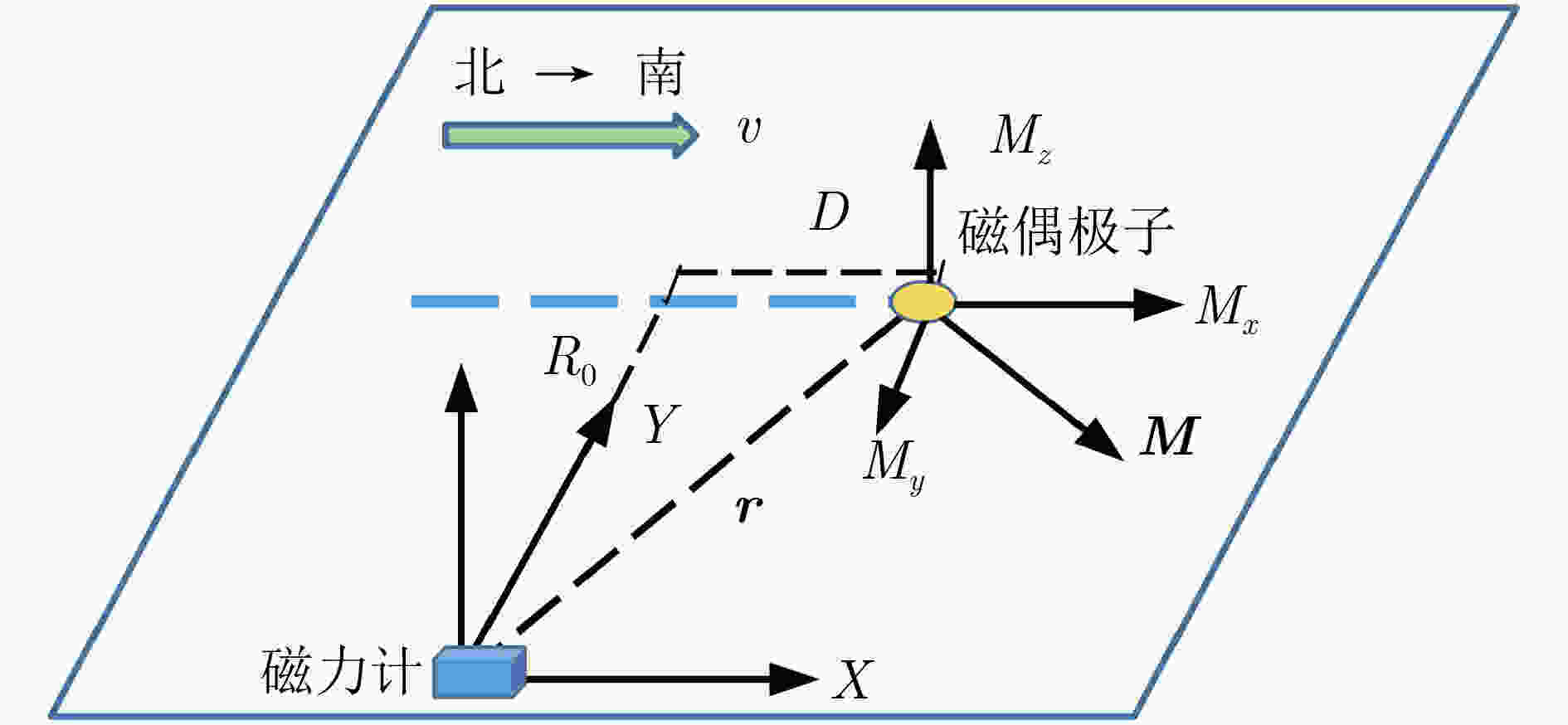
 下载:
下载:






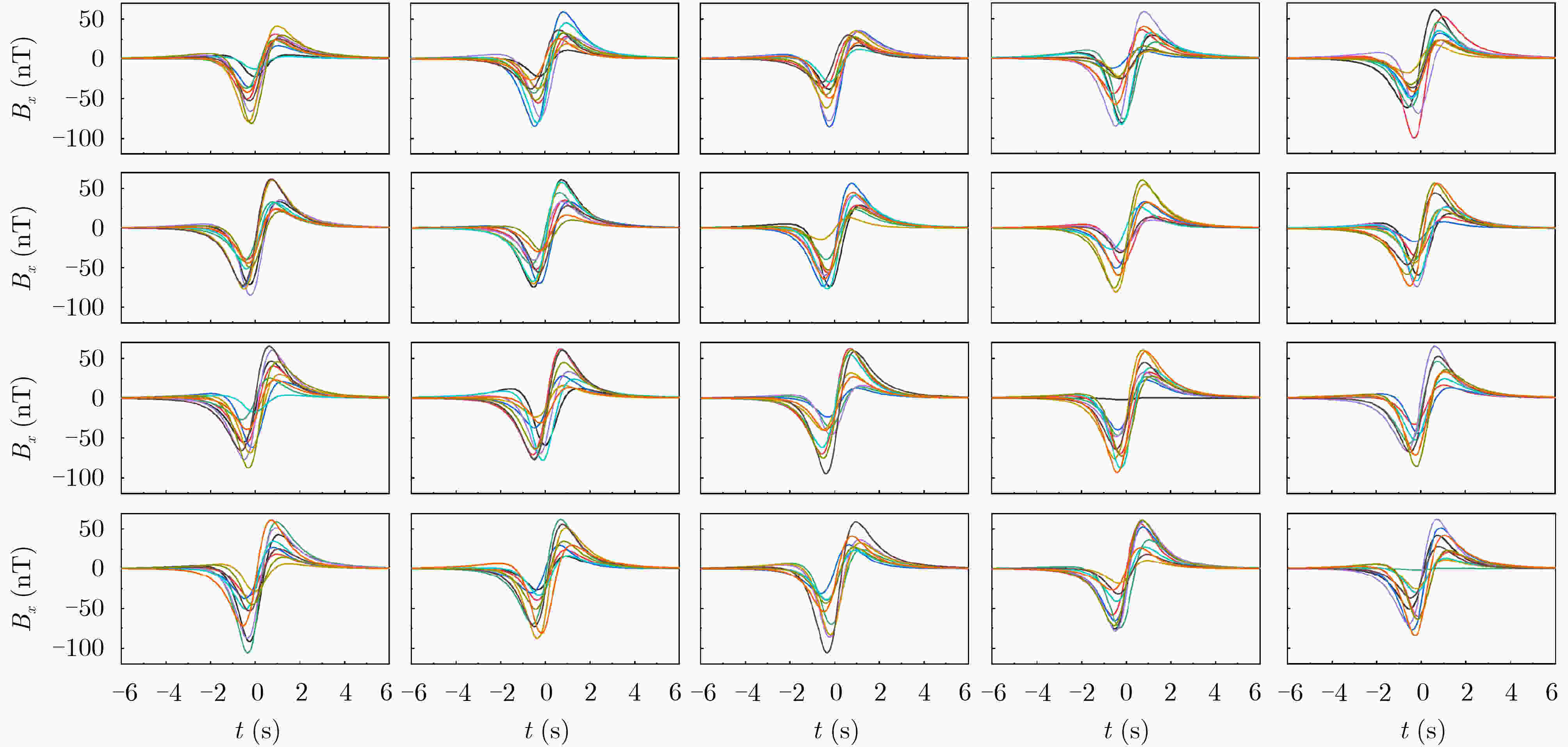
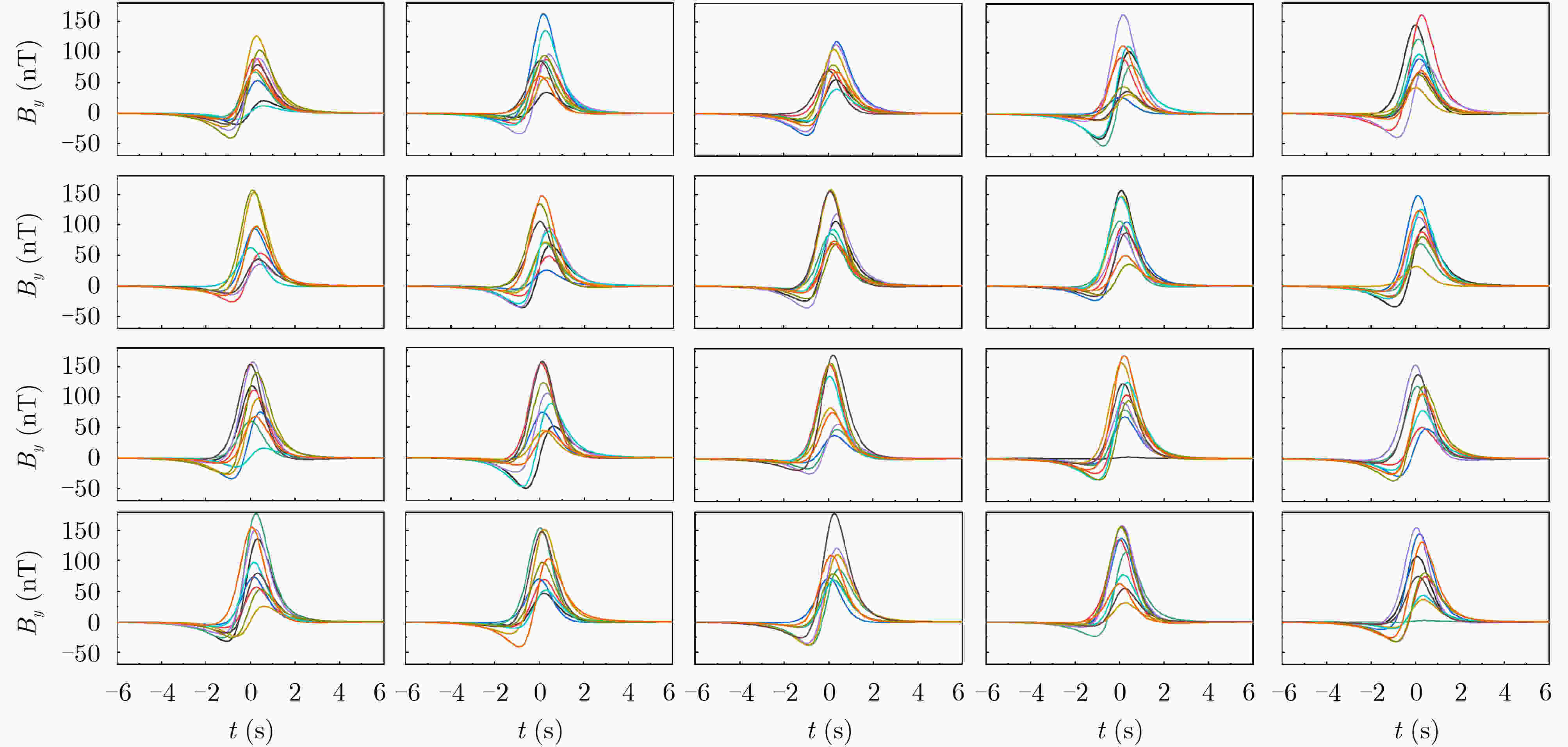

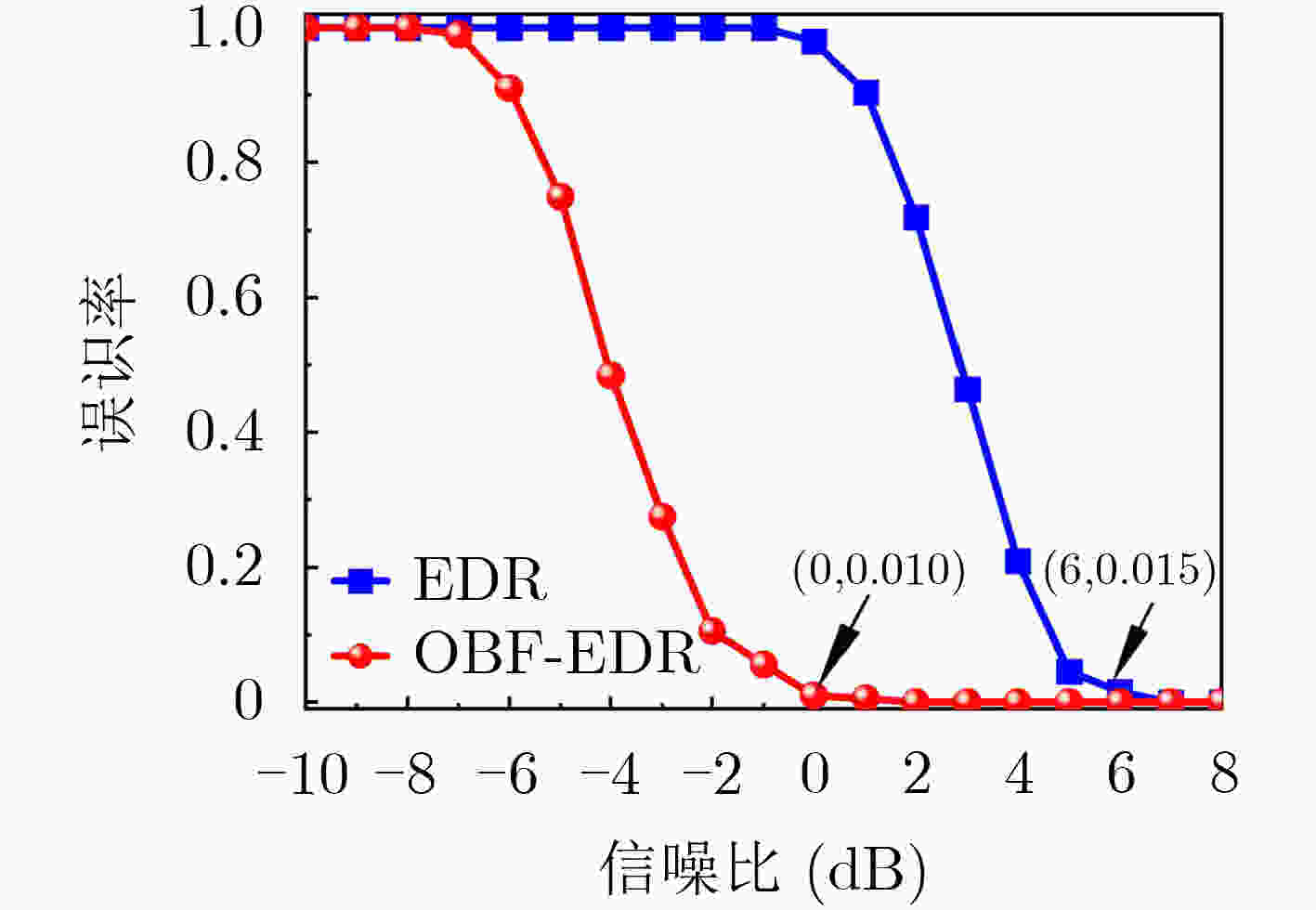
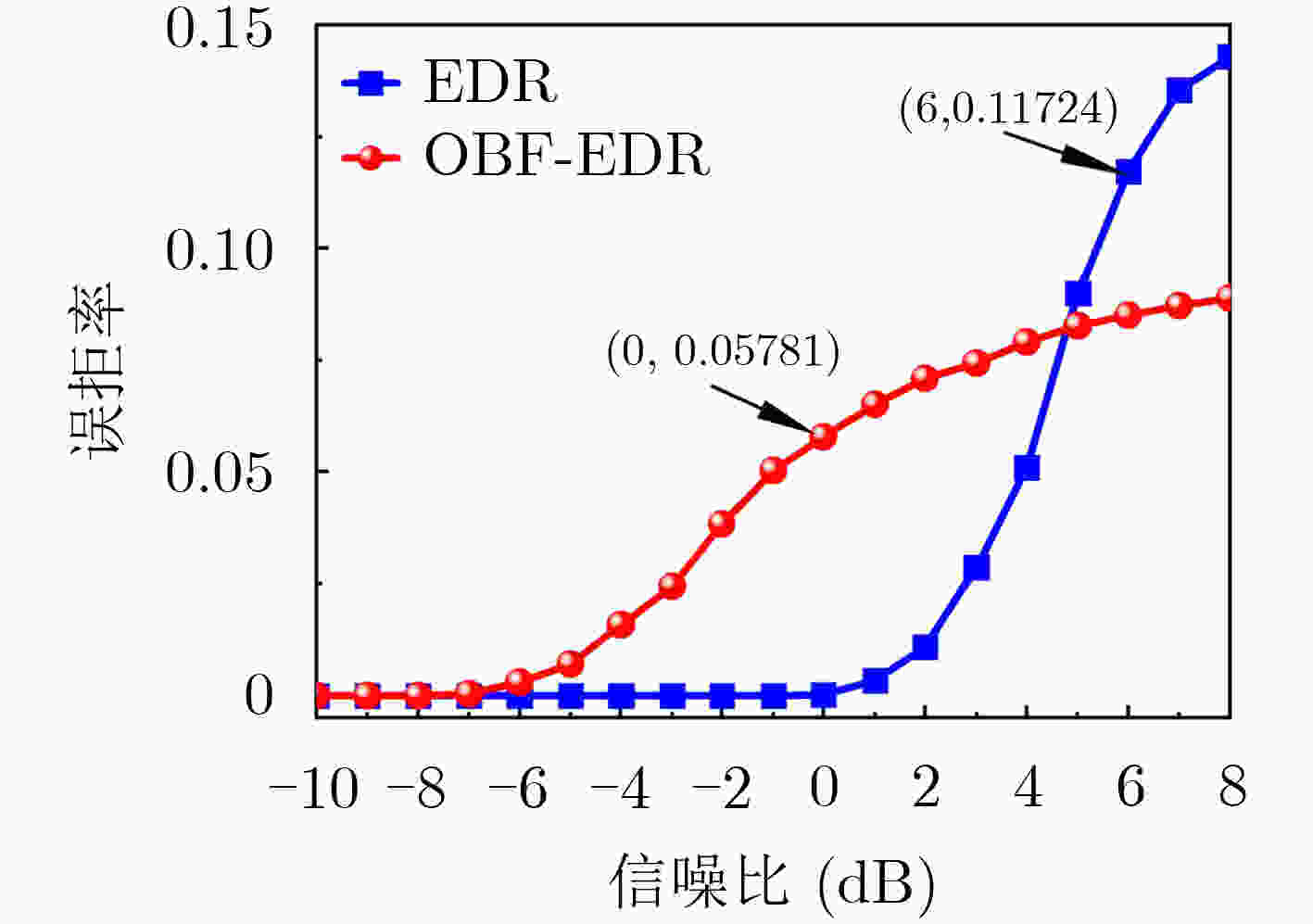


 下载:
下载:
